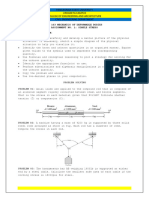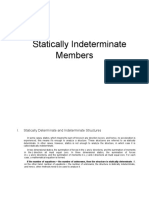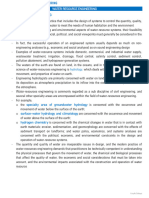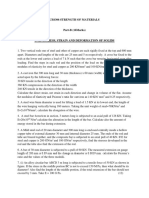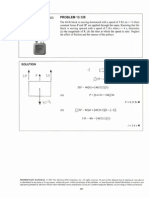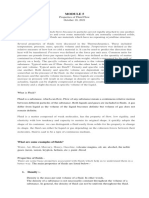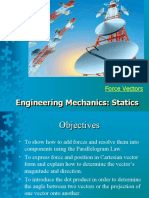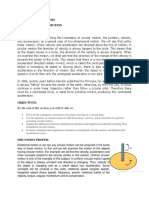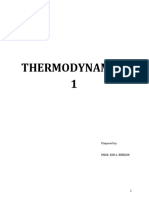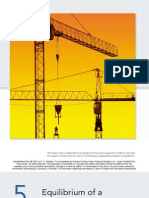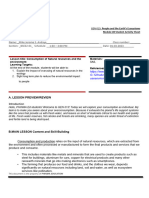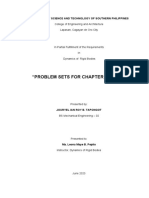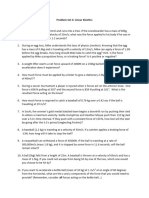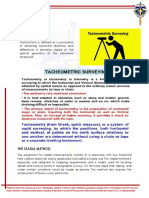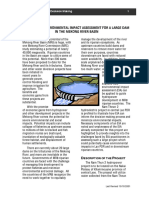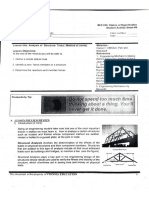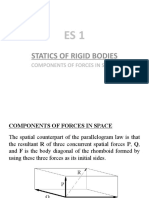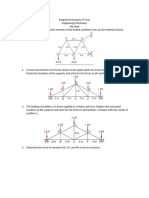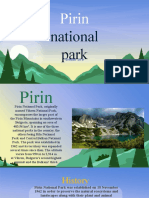0% found this document useful (0 votes)
100 views4 pagesSulfur Cycle Module
The sulfur cycle is a vital natural process that circulates sulfur through the Earth's systems, including the atmosphere, lithosphere, hydrosphere, and biosphere, and is essential for life. Human activities, particularly fossil fuel combustion and industrial emissions, have disrupted this cycle, leading to environmental issues such as acid rain. Understanding the sulfur cycle is crucial for recognizing the interconnectedness of ecosystems and the need for ecological balance.
Uploaded by
tongquinCopyright
© © All Rights Reserved
We take content rights seriously. If you suspect this is your content, claim it here.
Available Formats
Download as DOCX, PDF, TXT or read online on Scribd
0% found this document useful (0 votes)
100 views4 pagesSulfur Cycle Module
The sulfur cycle is a vital natural process that circulates sulfur through the Earth's systems, including the atmosphere, lithosphere, hydrosphere, and biosphere, and is essential for life. Human activities, particularly fossil fuel combustion and industrial emissions, have disrupted this cycle, leading to environmental issues such as acid rain. Understanding the sulfur cycle is crucial for recognizing the interconnectedness of ecosystems and the need for ecological balance.
Uploaded by
tongquinCopyright
© © All Rights Reserved
We take content rights seriously. If you suspect this is your content, claim it here.
Available Formats
Download as DOCX, PDF, TXT or read online on Scribd
/ 4


